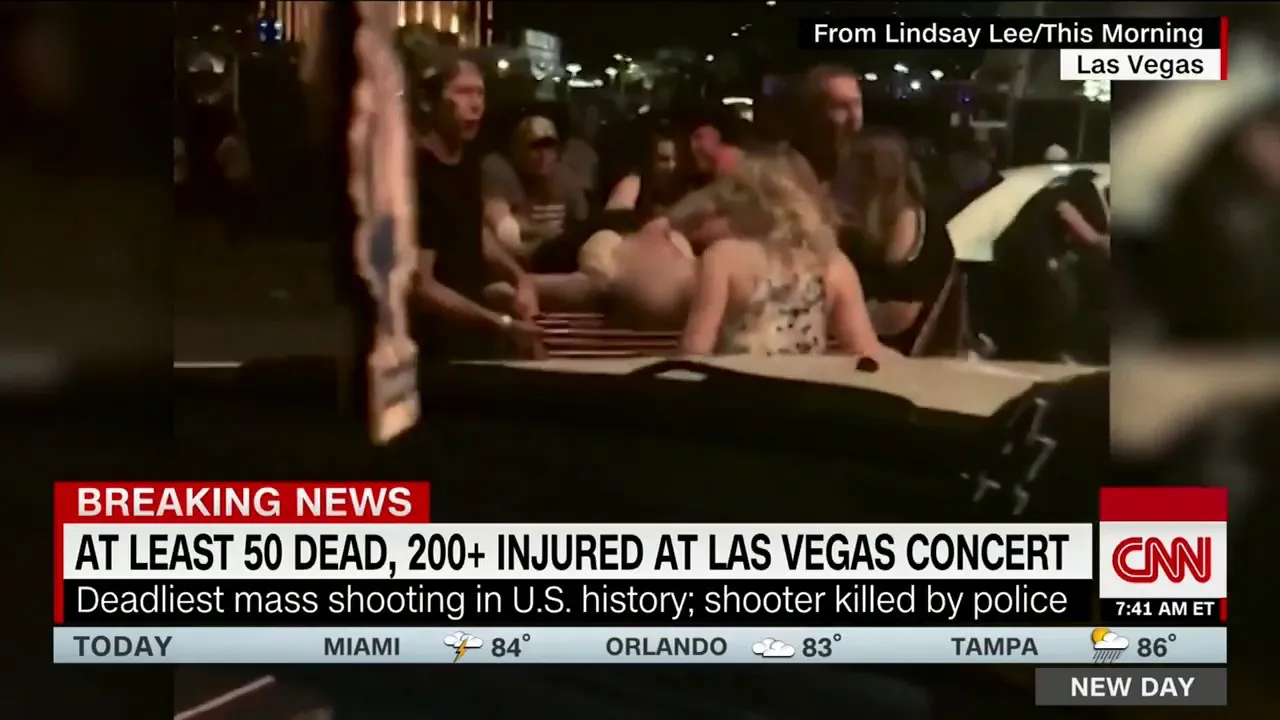Who Cares About School Shootings!
Before you freak out and call my title offensive, hear me out…
Also, I originally got the idea for this article from popular blogger Mark Manson. I thought I would put it in my own words.

Mark Manson
School shootings are tied to news coverage which is tied to the amount of said coverage we watch.
In other words - the more we watch, the more we contribute to the problem.

The other day, I was browsing through my Snapchat subscriptions and came across the Washington Post’s top story (yes, the Washington Post is on Snapchat). What I saw was footage of the Parkland shooter preparing for one of the deadliest mass shootings of the year.
Among his preparations and ranting, one statement stood out to me. It was something along the lines of...
“Then everyone will know who I am!”.
Right there I felt like an idiot because I now knew who he was, so did many in New York and the rest of the world. He knew everyone would watch the coverage about it. He knew his tape would be found and published as well. We all know the shooter.
He got exactly what he wanted.
I was clearly part of the problem.
In the 90s, teen suicide was just as big a problem as mass shootings are today. Suicide hotlines were established and vigils were held every time a young teen took their own life. People were obsessed with the problem and it seemed to be getting worse. One suicide in a town appeared to be followed by several there after. It was like we were losing our youth to a phantom mental disease.
Then scientific studies, like those from Lancet Psychiatry, discovered a link between the suicide rate among teens and the amount of news coverage the tragedies were receiving. They concluded that this wasn’t just a coincidence.
More news caused more suicides.
Lo and behold, after a coalition of news organizations agreed to stop reporting the issue, the teen suicide rate went down.

Today, teen suicides are slowly on the rise but this time we don’t need the news because we have social media. But, that’s a story for another day...
But why does this happen?
One thing that’s known, especially among school shooters, is that their actions are motivated by more than just causing harm; It’s fame.
School shooters think that the only way to create a lasting legacy is to be behind some huge horrific event.
This is sort of routine for depressed and angry people because it’s easier to make a big deal about something sad than something happy. Anyone can walk to a crowd of people and start shooting. Almost no one can cure cancer.
But you don’t need to have a once-in-a-million years development, like curing cancer, to grab the attention of millions. You just have to show something shocking. The news media has been capitalizing on this principle for generations.

This is something school shooters understand and therefore make it their mission to cause the most harm to the most people for as much attention as possible. Everytime we report mass shootings, that’s exactly what they get. The Parkland shooter’s video is proof of that.
The dynamic is similar to teen suicides. When someone feels lonely and hopeless, they often think that the only way to have an impact on society is by creating a tragedy. In other words “If I can kill myself, then everyone will miss me”.

As a society, we have implicitly made it a point that these tragedies are a big deal. That even though they generate strong feelings of anger and sadness, they generate reactions.
Sometimes reactions, whether positive or negative, are all some people are looking for.
If there’s a school shooting, take a mental note and move on. Don’t think of it as insulting the memory of those lost. Think about it as not feeding a greedy attention-seeking animal. An animal that is psychotic enough to pull the worst atrocities imaginable for fame.
We have an old saying in America: If we stop living our lives then the terrorists win! Let’s not let the school shooters win either.

The Real Deal Institute of Mental Health